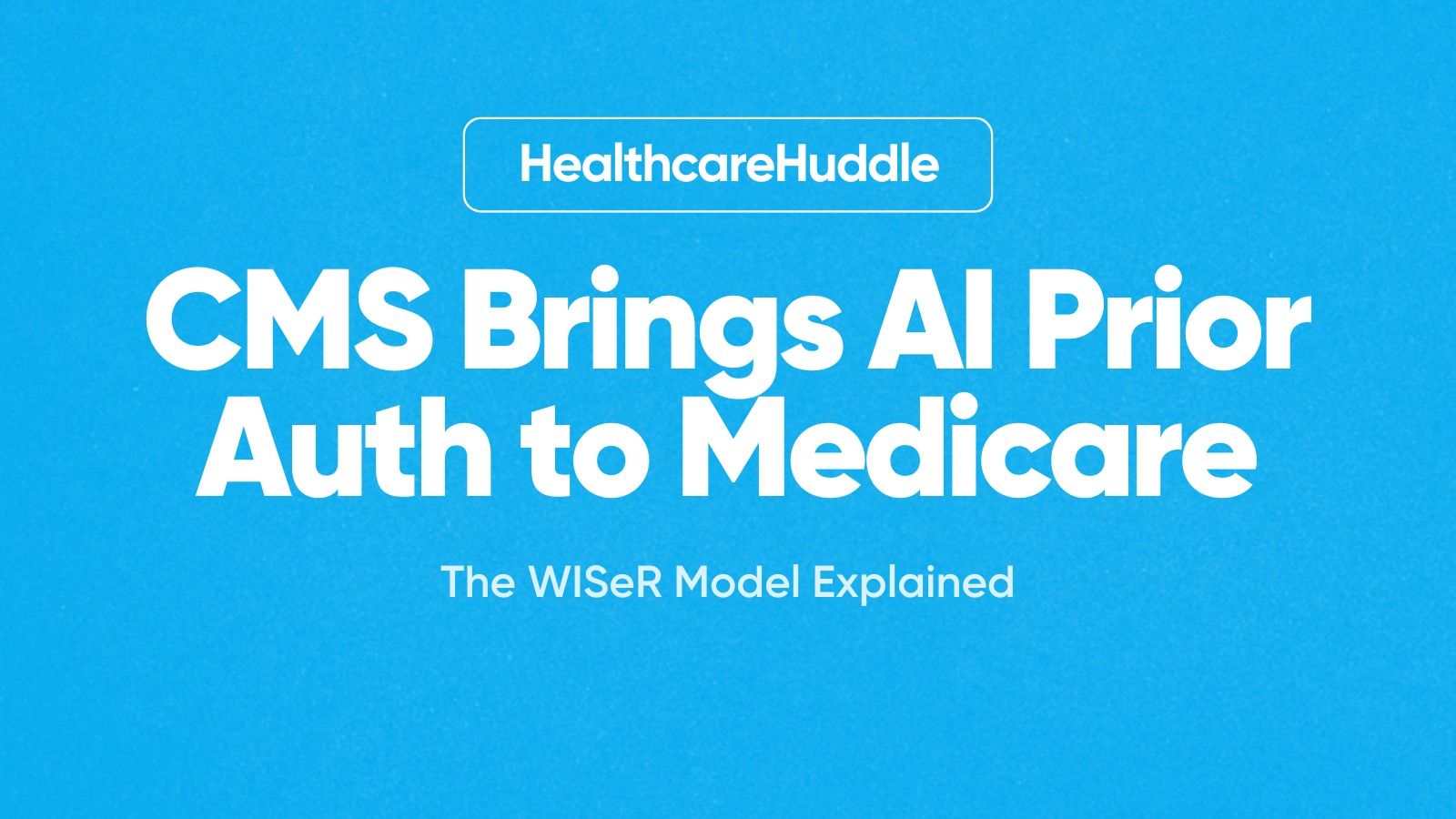The HCAHPS survey (Hospital Consumer Assessment of Healthcare Providers and Systems) is a standardized patient experience survey that hospitals use to measure how patients perceive their inpatient care. It's the first national, standardized survey designed to allow valid comparisons across all hospitals.
Every hospital that receives Medicare or Medicaid reimbursement is required to participate. The survey asks patients about their experiences with doctors, nurses, communication, hospital environment, pain management, and discharge instructions. Results are publicly reported and directly tied to hospital reimbursement through value-based purchasing programs.
What is the HCAHPS Survey?
HCAHPS is a 29-question survey sent to patients between 48 hours and six weeks after hospital discharge. It covers key areas of the hospital experience: communication with doctors and nurses, responsiveness of hospital staff, cleanliness and quietness of the hospital environment, pain management, communication about medicines, and discharge information.
The survey is administered by an approved vendor, and patients can respond by mail, phone, or through an interactive voice response system.
Why Does HCAHPS Matter?
HCAHPS scores have real financial consequences. Under the Hospital Value-Based Purchasing Program, a portion of Medicare reimbursement is tied directly to HCAHPS performance. Hospitals with poor scores can lose millions of dollars annually.
Beyond reimbursement, HCAHPS scores are publicly reported on the Hospital Compare website, influencing patient choice and hospital reputation. High scores can attract more patients, while low scores can damage a hospital's brand and competitive position.
What Are the Limitations of HCAHPS?
One major limitation is timing. Because HCAHPS surveys are sent weeks after discharge, feedback arrives too late to improve the patient's actual hospital experience. This delayed feedback loop makes it impossible to address issues in real time.
Additionally, HCAHPS measures perception, not clinical quality. A patient might rate communication poorly even if they received excellent medical care. Response rates can also be low, and the survey may not capture the full diversity of patient experiences.
How Can Hospitals Improve HCAHPS Scores?
Improving HCAHPS scores requires focusing on communication, responsiveness, and the overall patient experience. Simple interventions like sitting down when talking to patients, rounding regularly, managing noise levels, and ensuring clear discharge instructions can make a significant difference.
Some hospitals may explore real-time feedback systems that allow patients to share concerns during their hospital stay, rather than weeks later. This approach can help providers course-correct while the patient is still there.
Conclusion
HCAHPS is more than just a survey—it's a tool that shapes hospital reimbursement, public perception, and patient choice. While it has limitations, particularly around delayed feedback, it remains the national standard for measuring patient experience. Understanding how it works and why it matters is essential for anyone working in hospital care.







